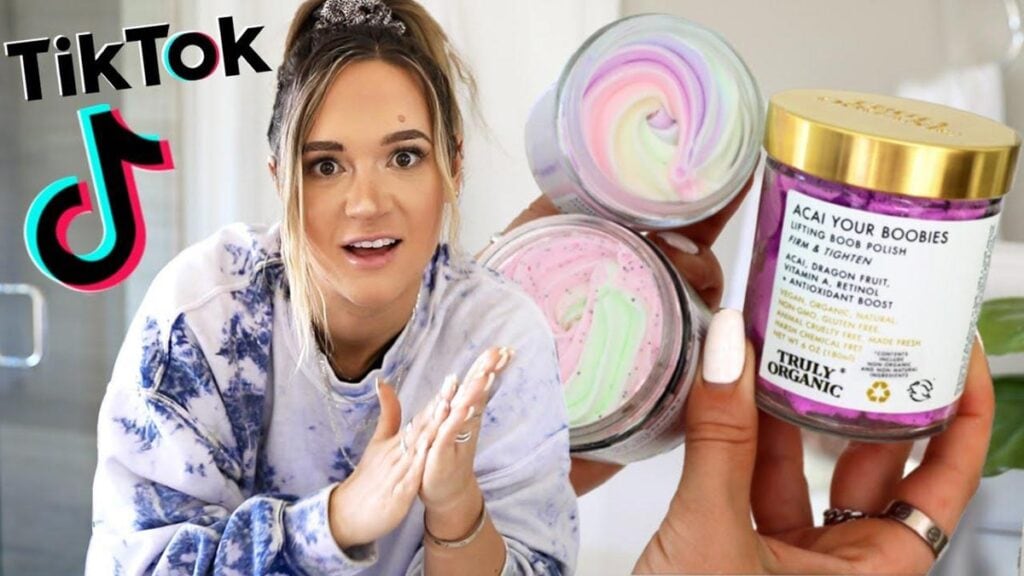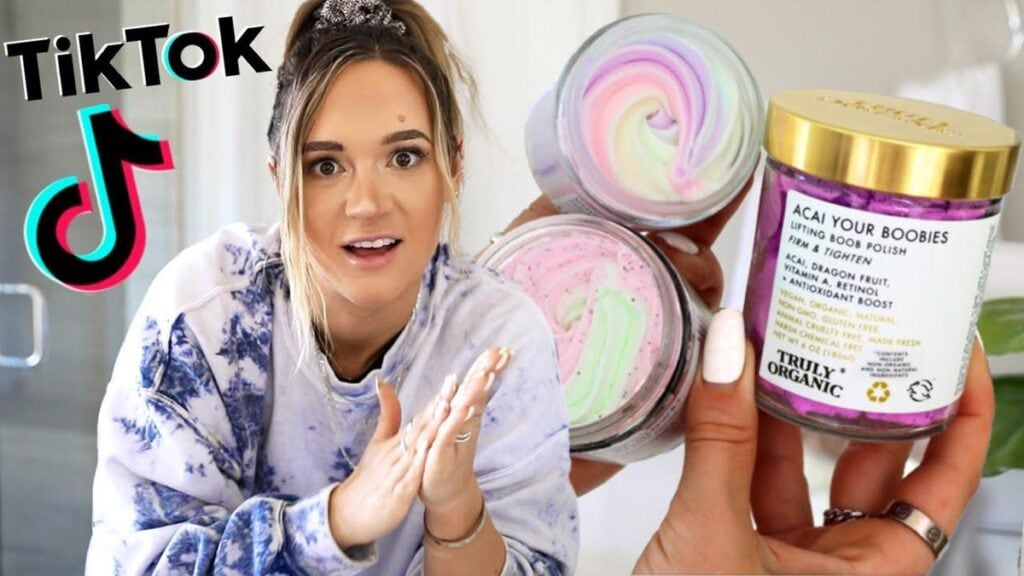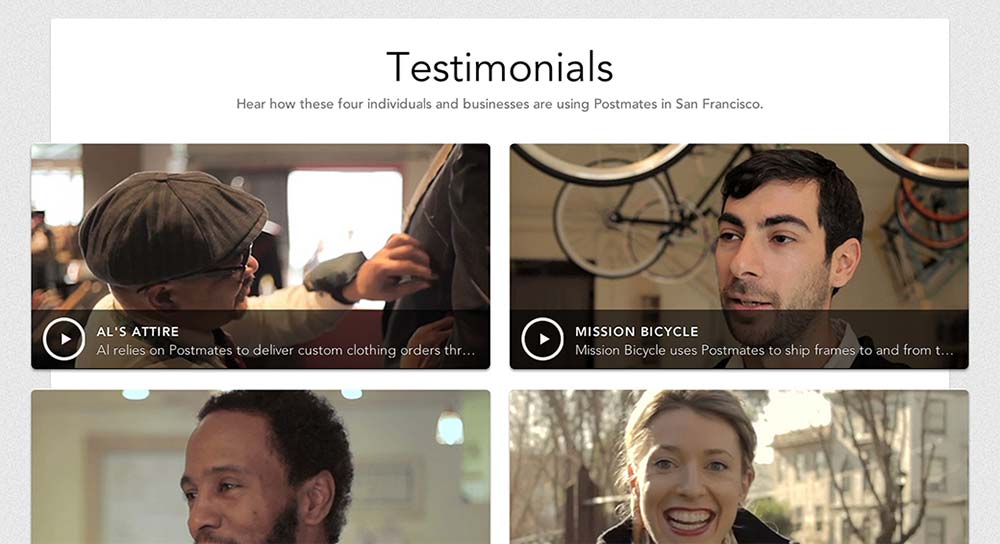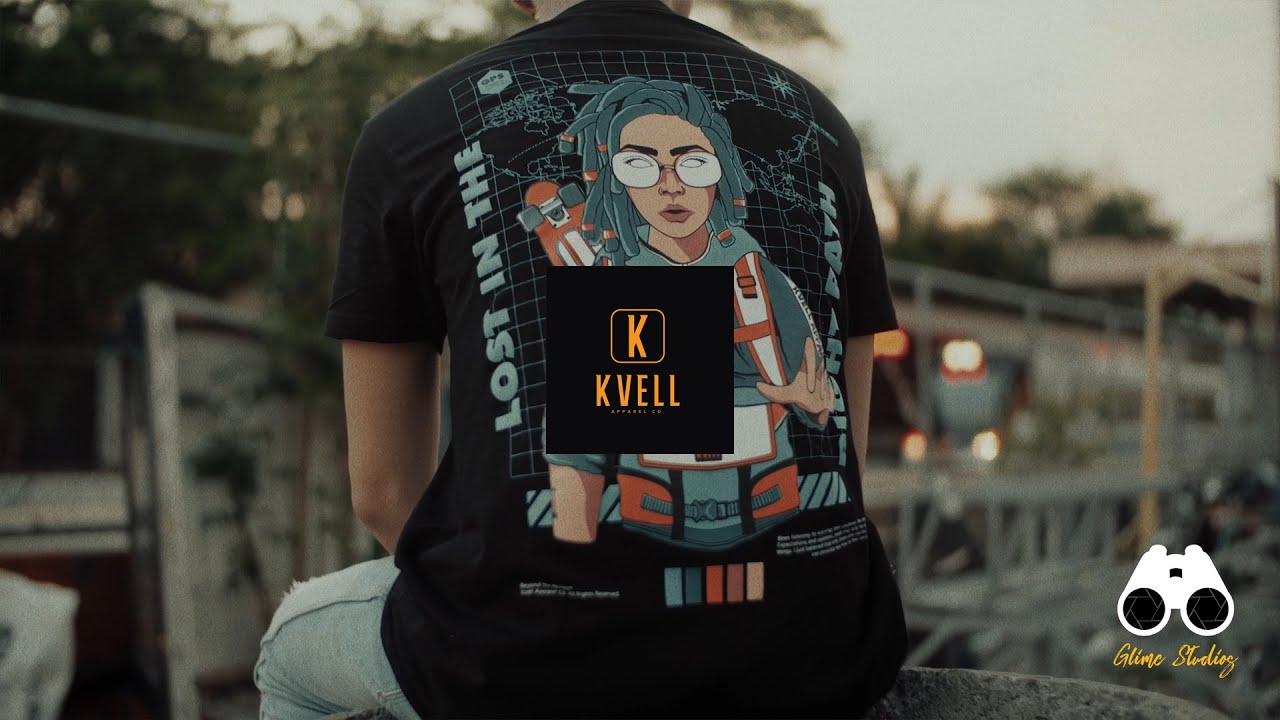
30 Dec The Ultimate Guide To Types Of Videos And When To Use Them
The Ultimate Guide To Types Of Videos And When To Use Them
Marketing to a digital world requires the strategic use of video to best capture your target audience’s attention.
Did you know that there are dozens of types of videos that you could be using in your marketing campaigns? The challenge is to know when to use them.
Let’s break down the seven most popular types of videos—and when to use them in your marketing campaigns.
1 – Brand Video
This is a brief video that gives a snapshot of your company. If your logo was a video, this is what it would look and sound like.
In just a few seconds, you’re going to show the world what they can expect from your company with no (or very few) words.
Brand videos are one of the first types of videos you’ll use in your campaign. It can be used in an introductory email or even as a header on your social media profile.
Here are the best tips to keep in mind when making your Brand Video:
- Remember Your “Why” – Before you press the record button, think about what you’re trying to achieve with your video. This could be something along the lines of spreading awareness about your brand, company, or product or boosting sales.
- Define Your Audience – Whom are you trying to reach with your video? You can’t reach everyone with one video, so it’s important to dial in on who precisely you’re speaking to and what they’re specifically looking for from you. Make sure that all of your messaging in the video is written in a way that would attract them and keep their attention long enough to act.
- Be Authentic – Your video directly represents your brand identity, so be sure that you’re using the language, tone, and aesthetic you want your brand to portray. This goes for every detail of your video, including the colours, clipart, logo, and sounds.
- Edit Strategically – Once you’ve finished recording, it’s time to edit your video to create the mood and look that you want to communicate. Do you want quick shots or long panning shots? Think about how you want the viewer to feel watching your video.
2 – Product Videos

This slightly longer video explains what you’re trying to sell and why the viewer needs it. You’re going to want to use language that attracts the buyer, so focus on their pain points and tell them why your product will help them.
Use product videos in ad campaigns and anywhere you’re trying to generate leads. Remember to keep it brief and general while still informing and inspiring watchers to act.
Here are the top tips for Product Videos:
- Explain to the viewer why your product should be in their lives. Is it solving their problem? Does it bring entertainment? Spell it out for them.
- Show off your product, so viewers understand how it works. In other words, give a demonstration so they’re not left wondering what you’re selling or how/if they can operate it.
- Give viewers an idea of who you are and why they should do business with you. Are you giving back to the community? Do you have a family business? Is your product eco-friendly? What is it about your company and product that makes you stand out from the crowd?
- Remember that scarcity sells, and people are terrified to miss out on something good. Ever heard of FOMO? Tell your viewers what they’d be missing out on if they don’t buy your product. Give them the impression that this is a limited-time offer and encourage them to act quickly before it’s too late.
- Make sure they know what to do next. If your product video doesn’t have a clear call-to-action, you may be leaving some watchers wondering what the next step is and how they act on what they just saw. That’s the biggest mistake you can make, so be sure you spell it out for them! Point them to your website or a landing page for more information, so you’re not missing out on a sale.
3 – Culture Videos
A culture video is longer to detail your company and your team. By showing a little behind-the-scenes footage, you’ll help your audience be able to connect with you on a personal level.
Interview employees, show the owner talking about why they started the company, anything that illustrates why the business exists and what they stand for.
Use culture videos on your website and even in the middle of a sales funnel to add a human touch during sales language. The significant benefits of a culture video include better recruitment, brand loyalty, and team morale.
If you’d like to reap some of those benefits, follow these tips:
- Define Your Target Audience – Once again, this is one of the best places to start before you even begin recording. Think about whom you’re trying to reach with this video and what you’re trying to tell them about your company and culture.
- Write a Loose Script to Follow – If you’re going to be conducting interviews in your culture video, it’s a good idea to have a loose script that everyone is familiar with so nobody goes off on tangents and to make sure your message is being conveyed. However, don’t be too stringent with the script. You still want your video to come across as candid and personable.
- Record and Edit Until it’s Right – Don’t be afraid to do multiple takes and edit the footage until your video is put together in the way you imagined. It’s worth the extra effort, especially when you remember that this video tells the public what kind of company you have and the culture you’ve created behind the scenes.
4 – Explanatory Videos

An explanatory corporate video is educational in nature and is medium in length. It should cover one subject and answer the basic questions someone would have about it.
You could use these types of videos to cover your products or to talk about your services, but be sure to include a call to action at the end.
Use explanatory videos on your website and in your social media posts. These types of videos are a great place to integrate SEO-focused keywords to drive organic traffic to your website.
Here are tips for creating compelling explanatory videos:
- Decide the Best Format – Depending on the kind of explanation you’ll be walking through, you’ll need to decide between live-action, screencast, or animation video formats. Each format has its benefits, so it comes down to how you’ll be explaining the concepts in your video. Do viewers need to see illustrations to understand your message, or is it more critical for them to see a person’s facial expressions?
- Write Out the Script and Flow – Explanatory videos have a lot more detail than other videos, so it’s vital that you have a fairly planned-out script to follow so you don’t miss any steps that the viewer will need to know.
- Use Text and Music to Capture Attention – When appropriate, add in text overlays and music to keep your viewer’s attention and ensure they’re not drifting off. Captions can help communicate ideas and steps, so be sure to use them often.
5 – Demo Videos
A demo video is a short to medium-length video that explains how your product or service works. This video should be detailed to show off all the features available to the customer and answer any question about its function.
You want the viewer to feel that the product is user-friendly and need to own it personally.
Use demo videos below product descriptions or emails on your website when releasing or promoting products and services.
Here are tips for creating demo videos that get watched:
- Grab Their Attention – If you don’t get the viewer’s attention in the first 10 seconds, you risk losing them altogether. However, if they stick with you for at least 12 seconds, chances are they’ll watch to the end – that’s why it’s essential that you open with a bang and tell them what they can expect and why they should watch.
- Keep it Short – People want their information, and they want it fast. So that’s precisely what your goal should be in demo videos. Try to keep your total length to under 2 minutes and put just enough information in the video to give a basic idea of your product and why it would benefit the watcher.
- Keep it Simple – Demo videos are not explanatory videos; these types of videos should be short and simple videos that avoid complicated concepts or unnecessary information. Highlight the features of your product and move along.
- Don’t Forget the Call to Action – Like with other videos. The CTA is one of the most critical parts of your videos as it tells the viewers what to do next and how to act on the information you’ve given them.
6 – Documentaries

A documentary video will be one of the more extended marketing types of videos you’ll produce. These videos go in-depth into a topic and are told as a story.
The story doesn’t have to be elaborate, but it should be moving and related to your industry so you can appropriately tie in your products or services.
Use these videos on your website and social media to quickly sell your products and services. Remember, stories sell!
7 – Testimonials

Perhaps one of the most effective marketing videos: the testimonial. Record your customers giving first-hand testimony about your product or service and why they recommend it to everyone.
These short videos should be candid and engaging, so prospective customers connect with the reviewer.
Keep in mind that people who have never heard of your company and product before are likely sceptical of it. These videos will build their confidence by showing real people talking about their actual experiences.
Use testimonials everywhere that you can! Put them in your email campaigns. Post them on social media. Use them in multiple places on your website. Just use them.
Tips for testimonial videos that sell:
- Be Real – Use real people and have them tell real stories, for real. That’s the absolute best way to make an impact and sell your product. It’s easy to spot a fake, so don’t do it.
- Avoid the Script – Unlike other videos, a testimonial should not be scripted. While it’s a good idea to have a bullet list of points you want to convey, the video should come across as candid and conversational.
- Highlight Benefits and Results – The primary thing that people will be looking for in testimonials is the results. Did your product work, and will they benefit from it? Have the customers explain, in detail, what their experience was like with your company and why they would recommend it to others.
- Edit Wisely – Once you’ve conducted your interviews, edit the footage to highlight the person’s testimony while giving context to your company and product. Include scenes from your office or production line and show the customer using the product when possible.
That’s A Wrap
If you have a product or service to market, you need to be using video, and now you know the top seven types of videos you should be using and when you should be using them.
All that’s left to do is get out there and start producing your video. Your audience is waiting.
Author Bio: Torrey Tayenaka is the co-founder and CEO at Sparkhouse, an Orange County-based video marketing production agency. He is often asked to contribute expertise in Entrepreneur, Single Grain and Forbes. Sparkhouse is known for transforming video marketing and advertising into honest conversations. Rather than hitting the consumer over the head with blatant ads, Sparkhouse creates interesting, entertaining and valuable types of videos that enrich the lives of his client’s customers. In addition to Sparkhouse, Torrey has also founded the companies Eva Smart Shower, Litehouse & Forge54.
The post The Ultimate Guide To Types Of Videos And When To Use Them is by Stuart and appeared first on Inkbot Design.



